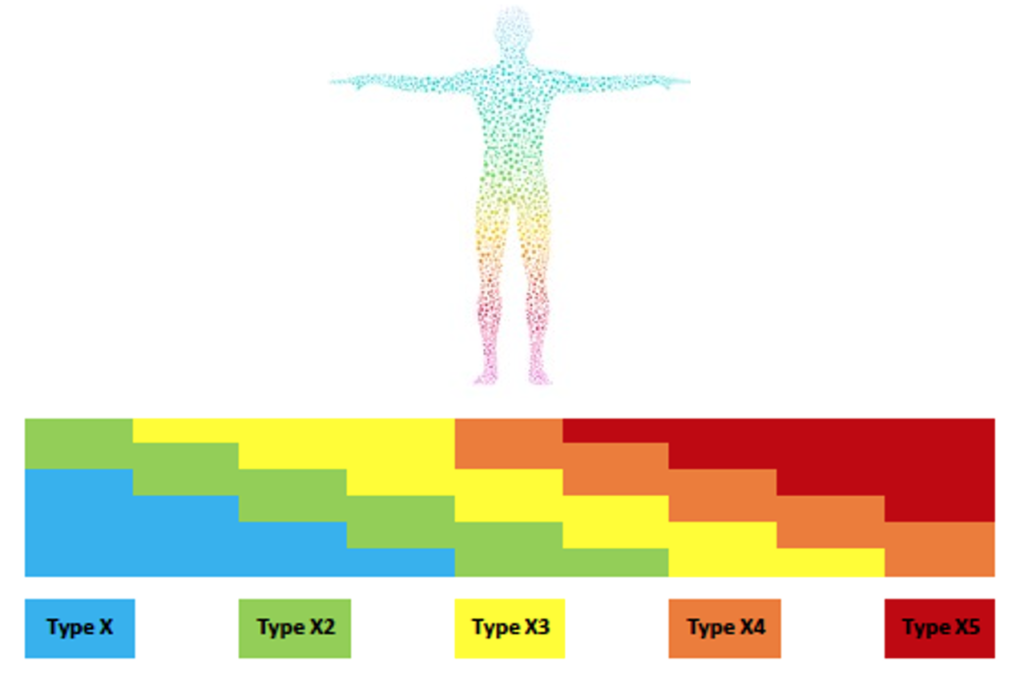How The mRNA Inflammatory Index™ Is Changing The Future Of Healthcare And Medical Research

Precision Genomics has created the mRNA Inflammatory Index™, patent pending technology that combines machine learning AI and a microarray that measures 48 mRNA biomarkers of chronic inflammation. mRNA Inflammatory Index measures biomarkers in a moment in time taking a snapshot of a patient’s current genetic inflammatory signature. This means real-time data is being developed of important inflammatory biomarkers, called cytokines and chemokines, present in specific cells and tissues.
Patient samples are taken using a buccal (cheek) swab. This non-invasive approach makes the sample collection process easy and painless. Samples can be collected in just about any setting including patients’ homes, doctors office and healthcare settings where phlebotomists are not available such as Chiropractic offices.
The importance of mRNA is that it allows for identification of differentially expressed genes (DEGs) involved in the inflammatory process that is associated with the development of chronic diseases. Precision Genomics technology potentially will lead to the development of a predictive model, prior to the onset of obvious manifestations of a disease. By utilizing machine learning artificial intelligence and mRNA indices, Precision Genomics may discover hidden patterns and diagnostic markers within different biologic systems and organs. With the snapshot of 48 mRNA genes, a diagnostic disease index can be calculated.
Precision Genomics has collected 2,000 samples of patients with various chronic inflammatory diseases, especially different cancers, from 28 sites in the US. mRNA Inflammatory Index analysis of cancer patient data with machine learning AI revealed statistically significant expression levels for specific cytokines and chemokines when comparing 3 different cancers, bladder, breast, and colon.
The approach we have described will allow researchers to identify bona fide instances of disease-related gene regulation, pinpoint the cell types in which those changes occur and formulate better hypotheses for the cellular mechanisms of disease. Applying this method to additional models and patients will potentially transform our understanding of the role of aberrant gene expression in disease or injury.
